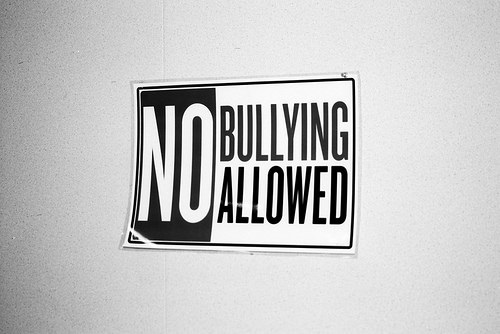Many parents are concerned about cyberbullying or communicating false, embarrassing, or hostile information online.

Some differences between bullying and cyberbullying are that cyberbullying:
- can occur at any time
- has a larger audience and can lead to more embarrassment
- is harder to delete
Unfortunately, cyberbullying is very common.
Up to 70% of students report seeing frequent bullying online.
About half of young people report they have said something mean or hurtful to another person online.
Bullying is especially common for teens who identify as lesbian, gay, bisexual, transgender, queer, or questioning. About 9 out of 10 have experienced harassment at school or on social media.
As adults, it is important to role model positive online behavior for young people. Cyberbullying in adults is easily viewed if young people scroll through their Facebook newsfeed, still their most commonly used social media site.
Adolescents are able to understand what the best decision is when they have time to think about it. When it comes down to impressing friends, though, they tend to make impulsive decisions. This impulsivity is harder to control online where sharing occurs quickly with many peers with the swipe of a thumb. The effects of this impulsivity can be devastating for the bullied child.
This guide from connectsafely.org is a short document which will help you think about some ways you can help your child if they are involved in or a victim of cyberbullying.
Why do you think bullying happens? How can schools promote kindness? Has your child ever been the victim of bullying? What did you do?
